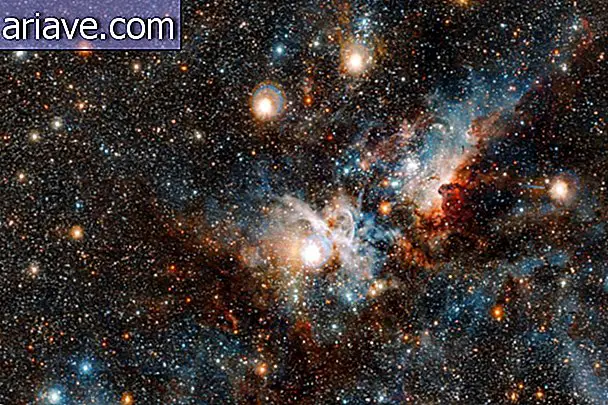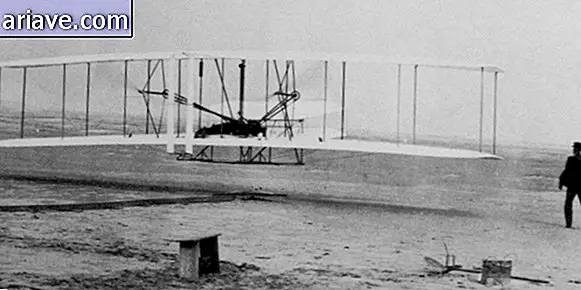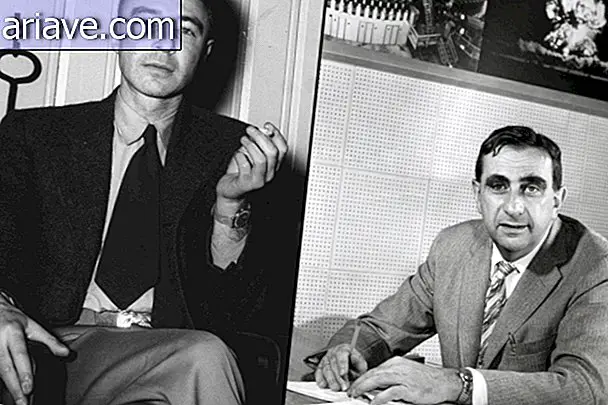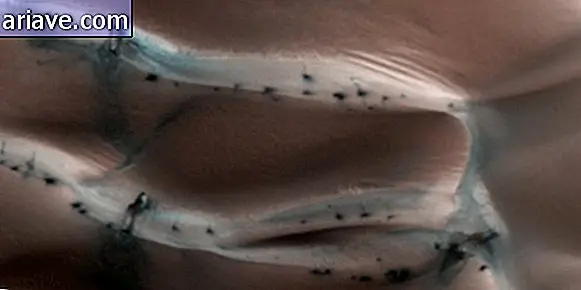What is it for and where did our chin come from?
Several parts of human anatomy are still a mystery to science. These are structures that we do not yet understand why they exist in the human body. In addition, there are also vestigial organs and formations believed to be in the process of disappearing, such as the appendix, coccyx, and wisdom teeth.
One part of the body that differentiates humans from other Homo individuals is the chin. That's right, this seemingly functionless structure, which serves at most to display a charming dimple or stylish beard model in men, is far more prominent in us, Homo sapiens, than in our closest and oldest cousins, like the one. Neanderthal man, Homo florensis and Homo heidelbergensis .

To this day, the chin was believed to have developed as a means of counteracting the forces exerted by the jaw on chewing. Another widely considered hypothesis was that speech development would have altered our jaws and created this curious bulge. However, recent studies conducted by anthropologist Nathan Holton of the University of Iowa have shown that this chin augmentation does not, in fact, influence jaw stress and therefore has some other reason.
Neither to chew nor to talk
Apparently, "jaw-dropping" mourners, such as filmmaker Quentin Tarantino and American presenter Jay Leno, may point to the natural diminution of Homo sapiens 's face as to blame for their beautiful chins. After analyzing hundreds of x-ray images, following the skull development of children into adulthood, the researchers concluded that the chin has no physiological function, such as assisting with chewing, and was merely a residual change caused by changes in human facial features during the years of evolution.

One of the most interesting points that has been noted is that the chin develops as the person gets older. However, despite this, the jaw of a three-year-old child, and therefore with an underdeveloped chin, is more resilient to certain forces exerted than adults, already with this more prominent structure.
Smaller face, larger chin
Although the mystery - and anthropologists can only speculate - our chin would be the result of Homo sapiens' facial shortening relative to its ancestors and other evolutionary ramifications. As man learned to cooperatively relate to other individuals of the same species, his body underwent hormonal changes that altered his physiology. The decrease in the use of violence, a process that we can consider to be “civilizing”, also cooperated with these evolutions.

In addition, brain development also caused the organ to occupy a larger area in the skull box, which left less room for facial development. Another thing that also helped with this shortening of the Homo sapiens face was the narrowing of the nasal cavities because of the lower oxygen demand of a body that was also evolutionarily reduced in size.
All this "deformation", or rather, reshaping the human face, has generated our beautiful chin, which today contributes greatly to the constitution of facial beauty. Interestingly, only the elephant has a structure very similar to our chin, although there are disagreements regarding the use of the term in relation to our pachydermal friends.

What does the chin say about us?
Doubtful beliefs, superstitions, and scientific research attribute a number of characteristics to the size of a person's chin. When it is large, it would indicate that the person is good in bed. However, a prominent chin in a woman would mean higher testosterone levels and thus a more active sex life and greater propensity for betrayal. A Dutch study showed that humans have a tendency to consider insecure and shy little-chin people.
Big or small, simple or dimpled and regardless of its function, there is no denying that the chin has become a very important part in human face design, especially in a world where appearance counts, and a lot!
* Posted on 30/04/2015











